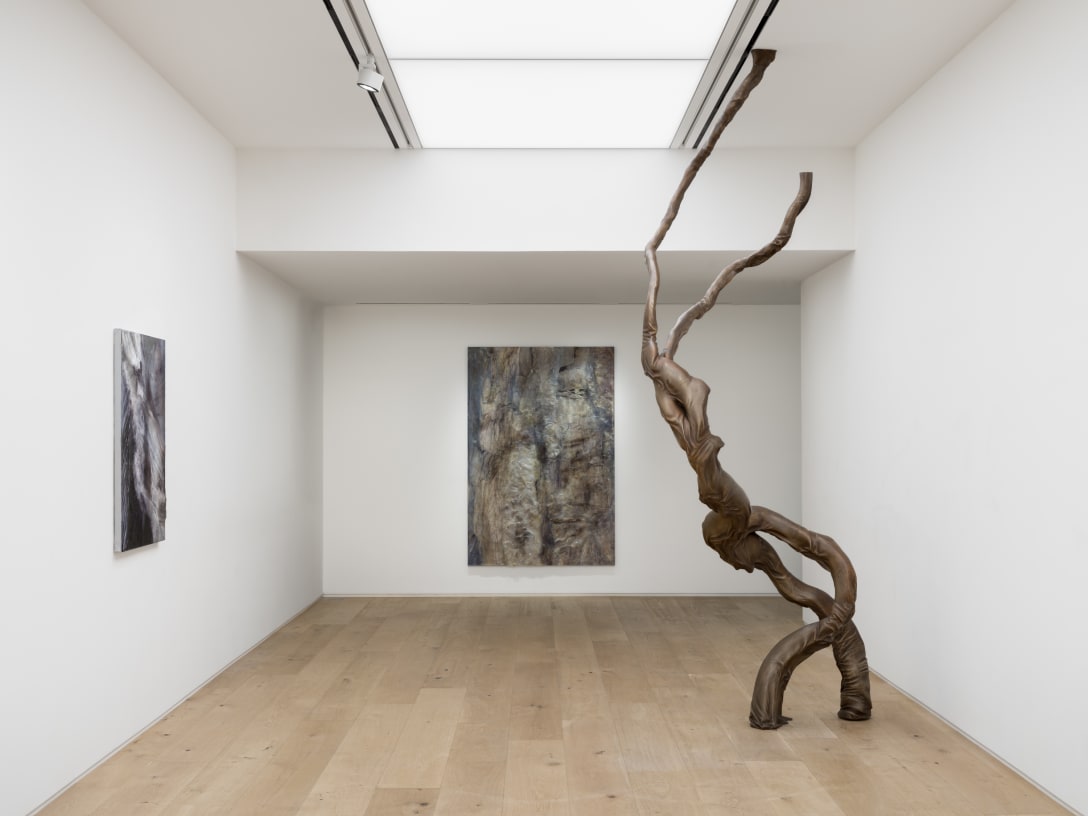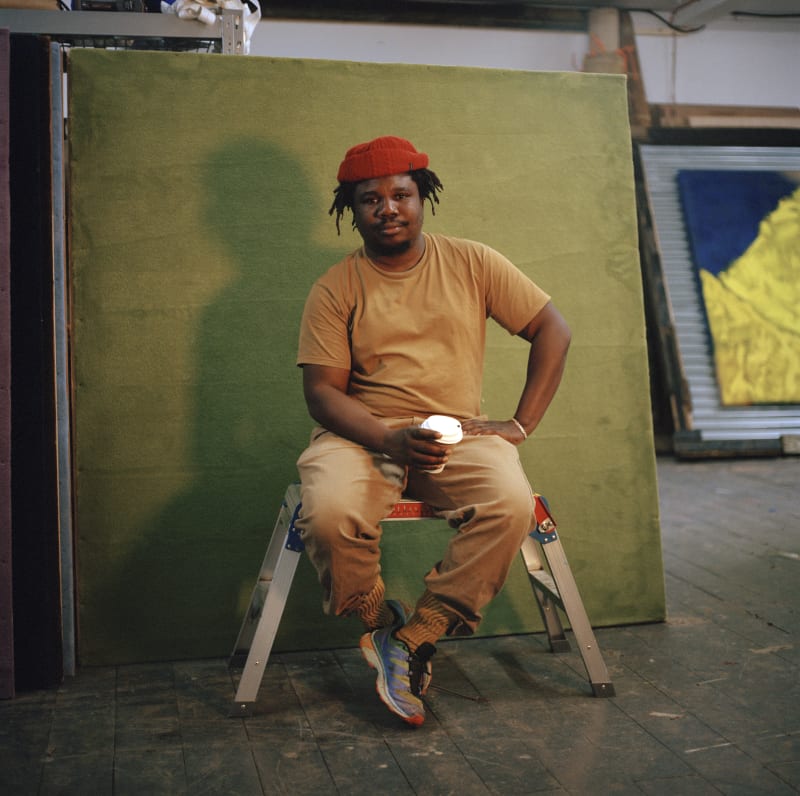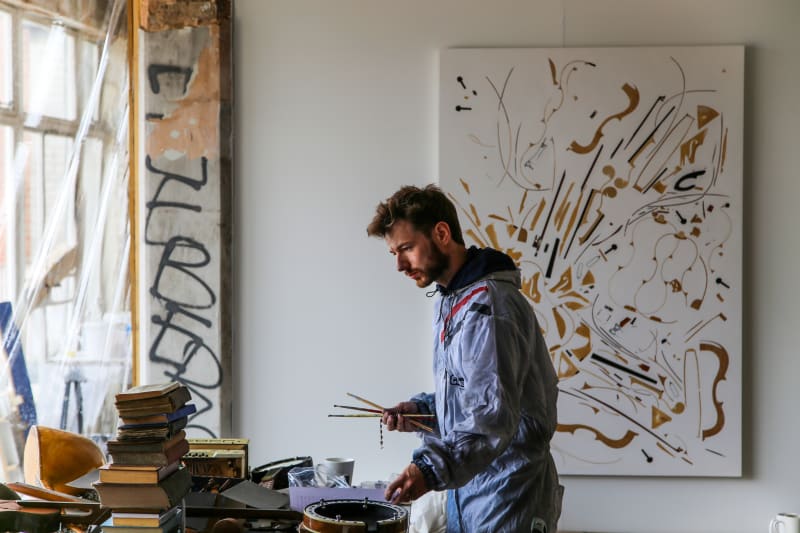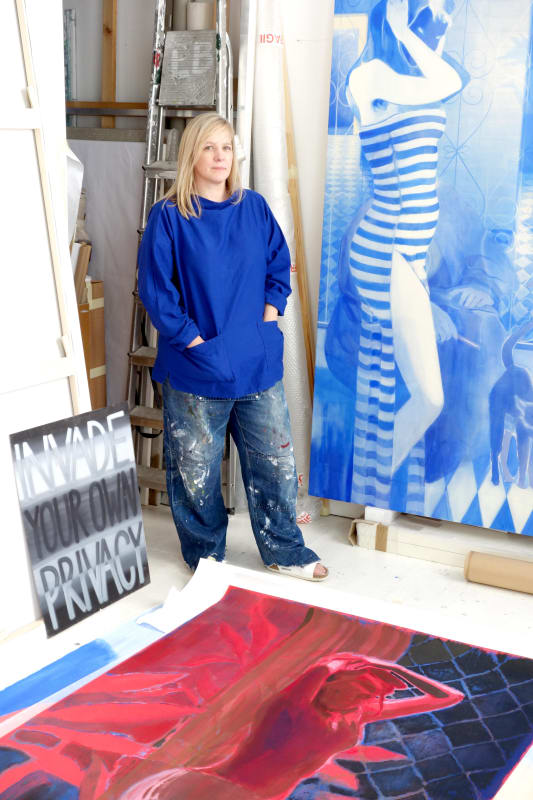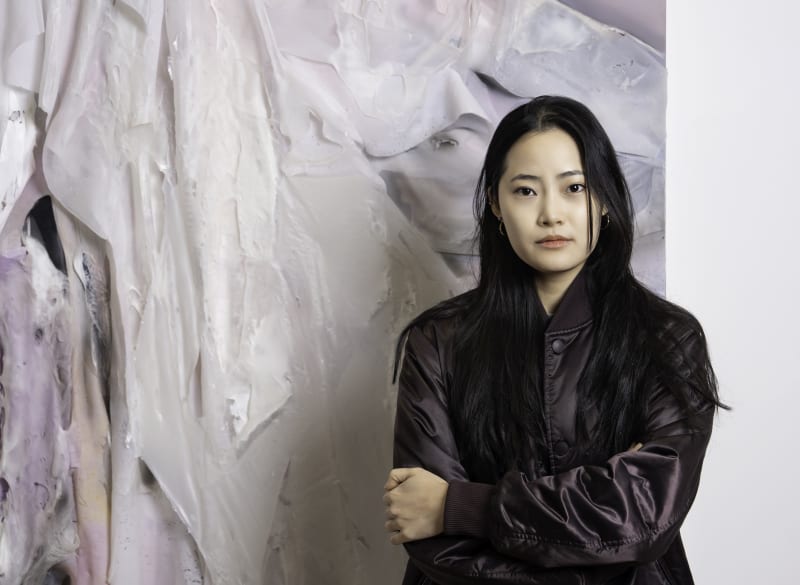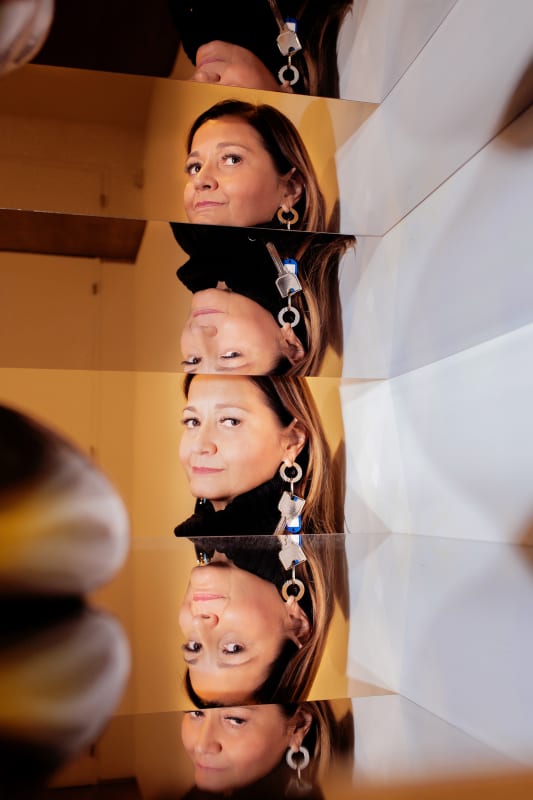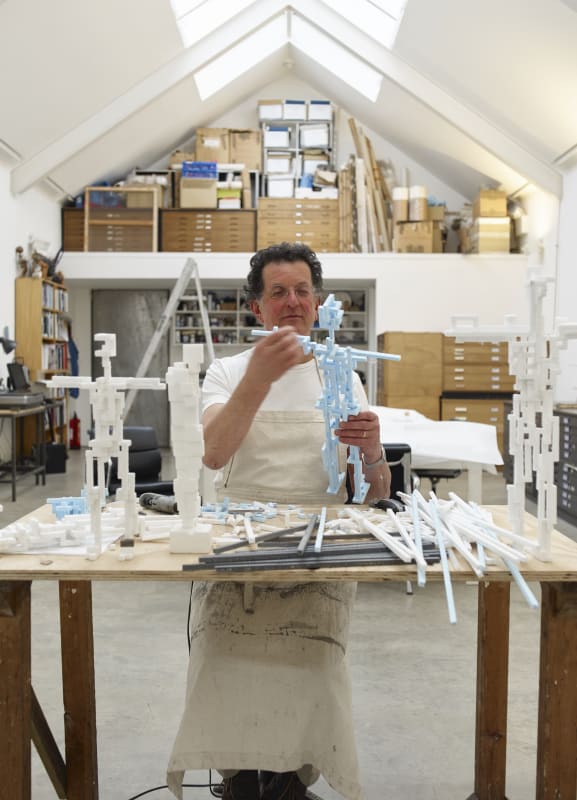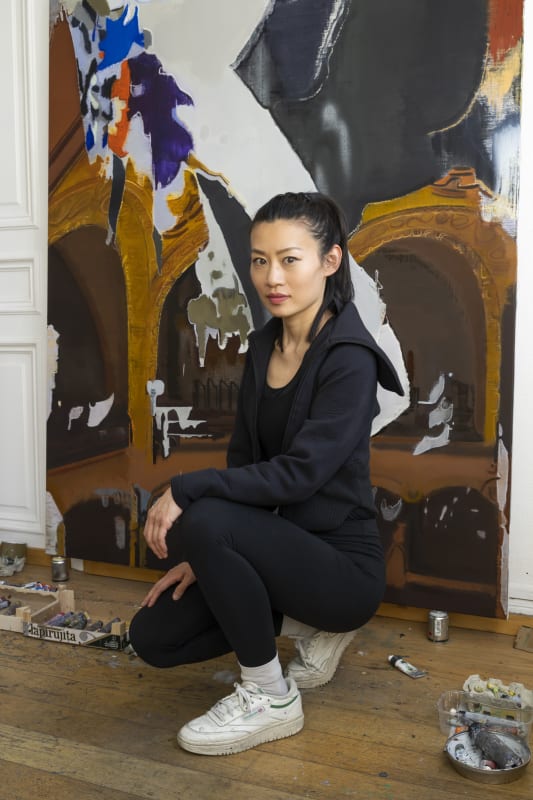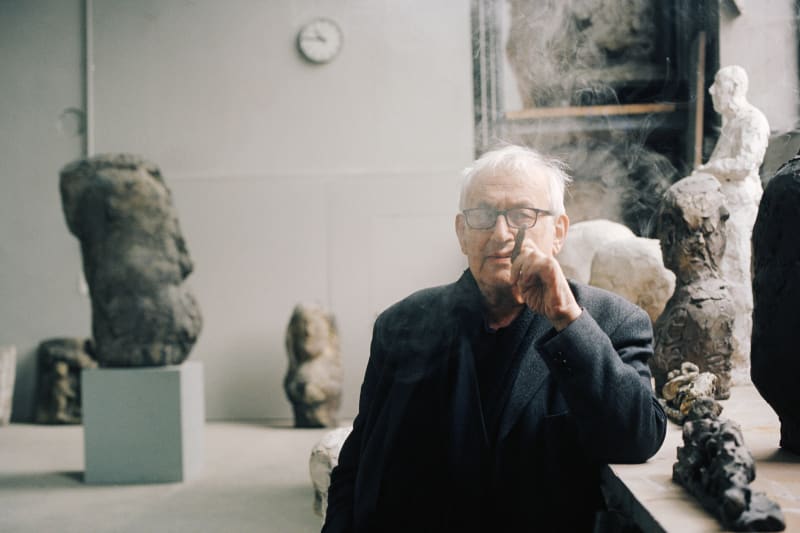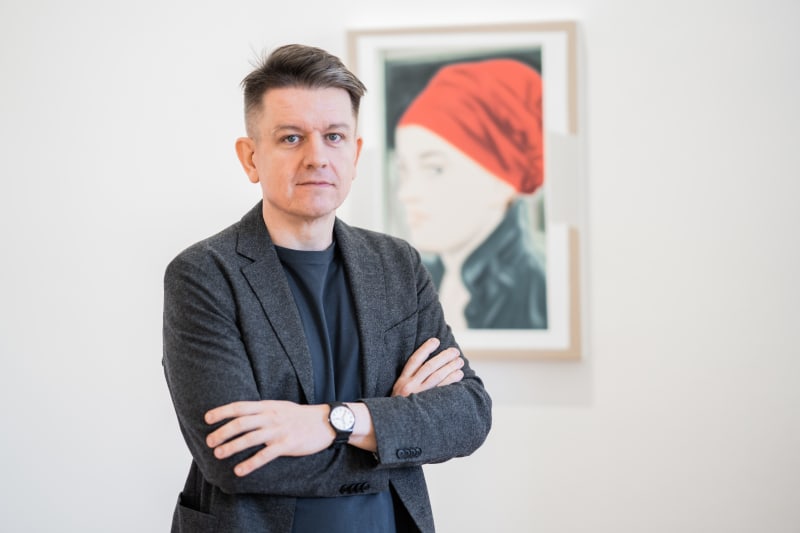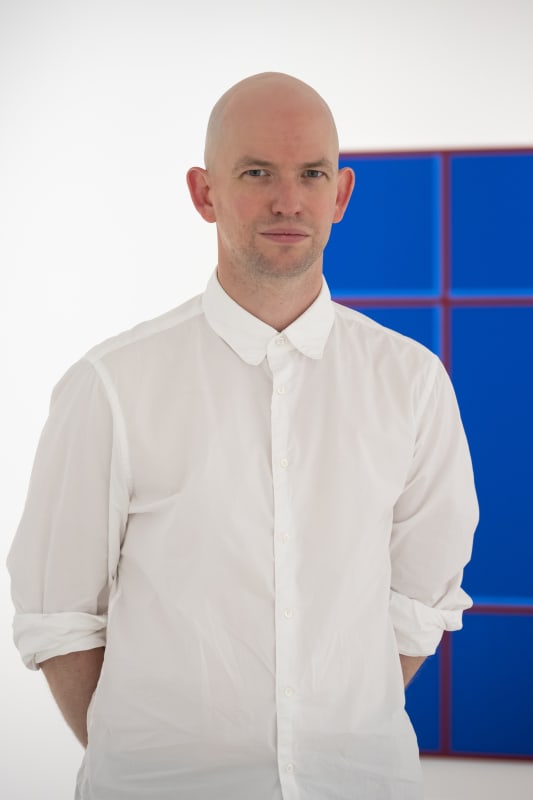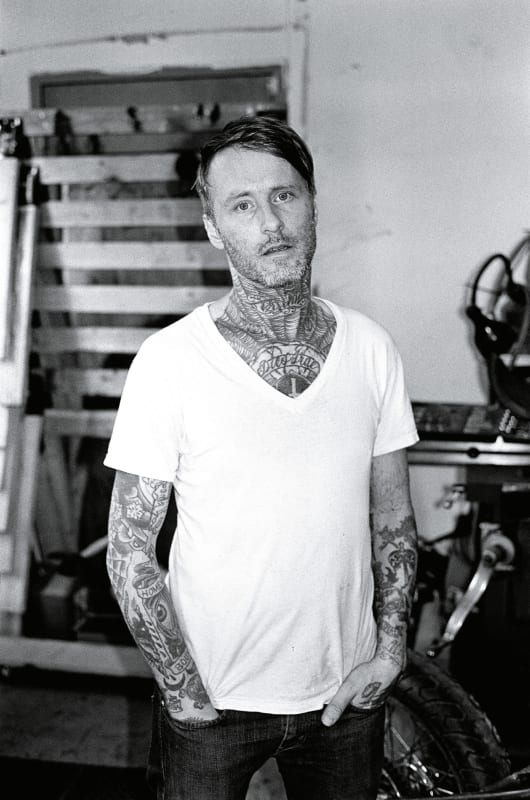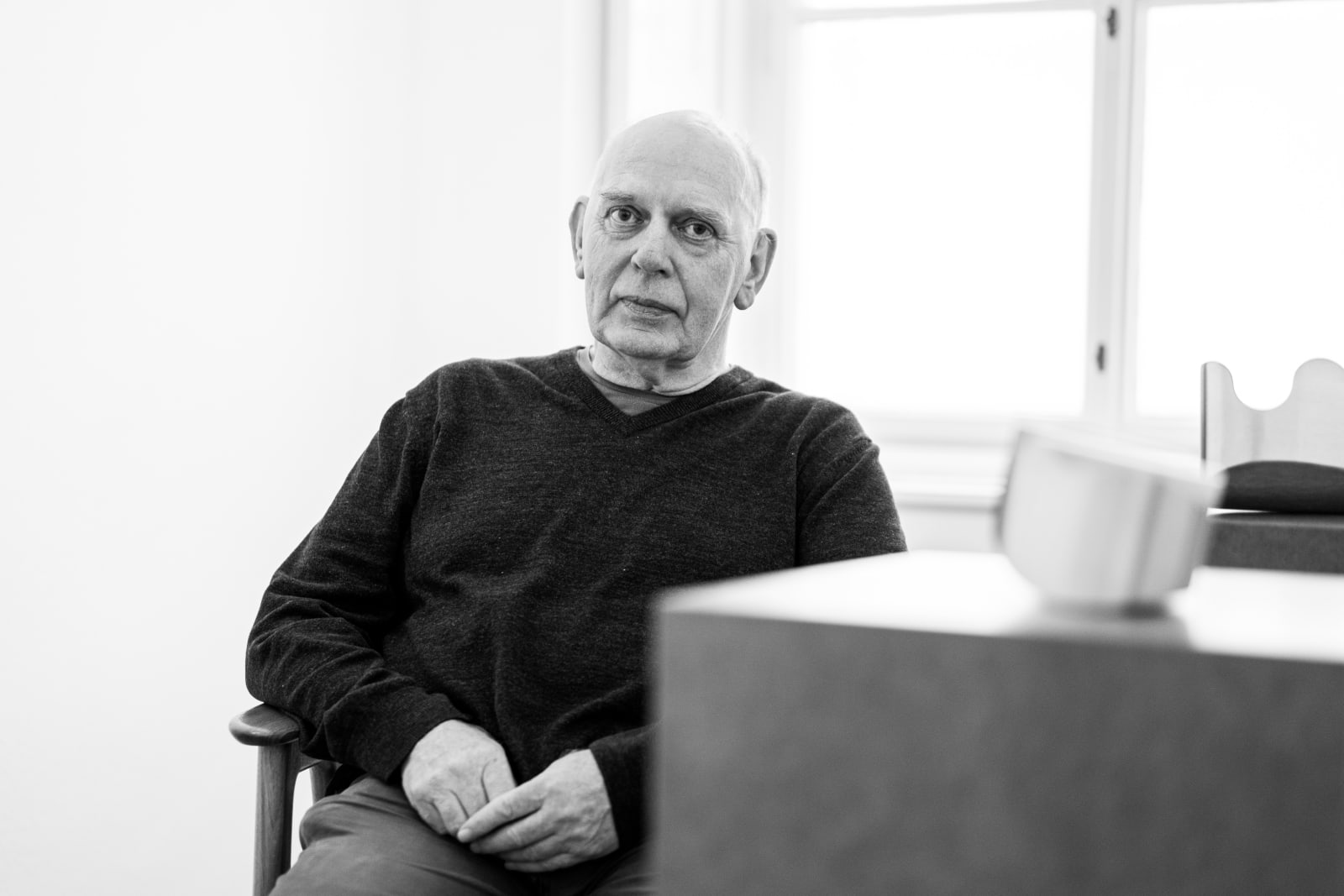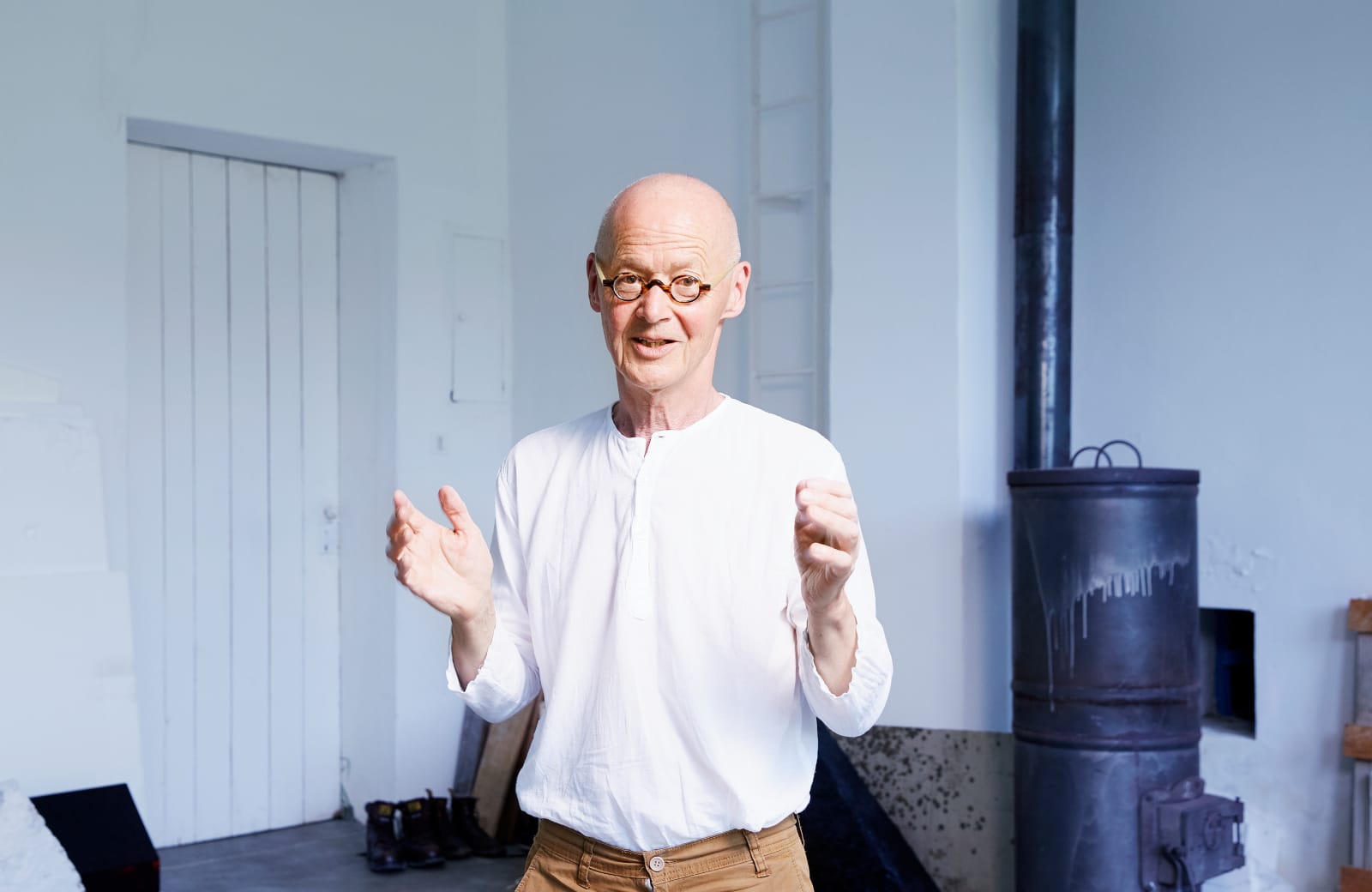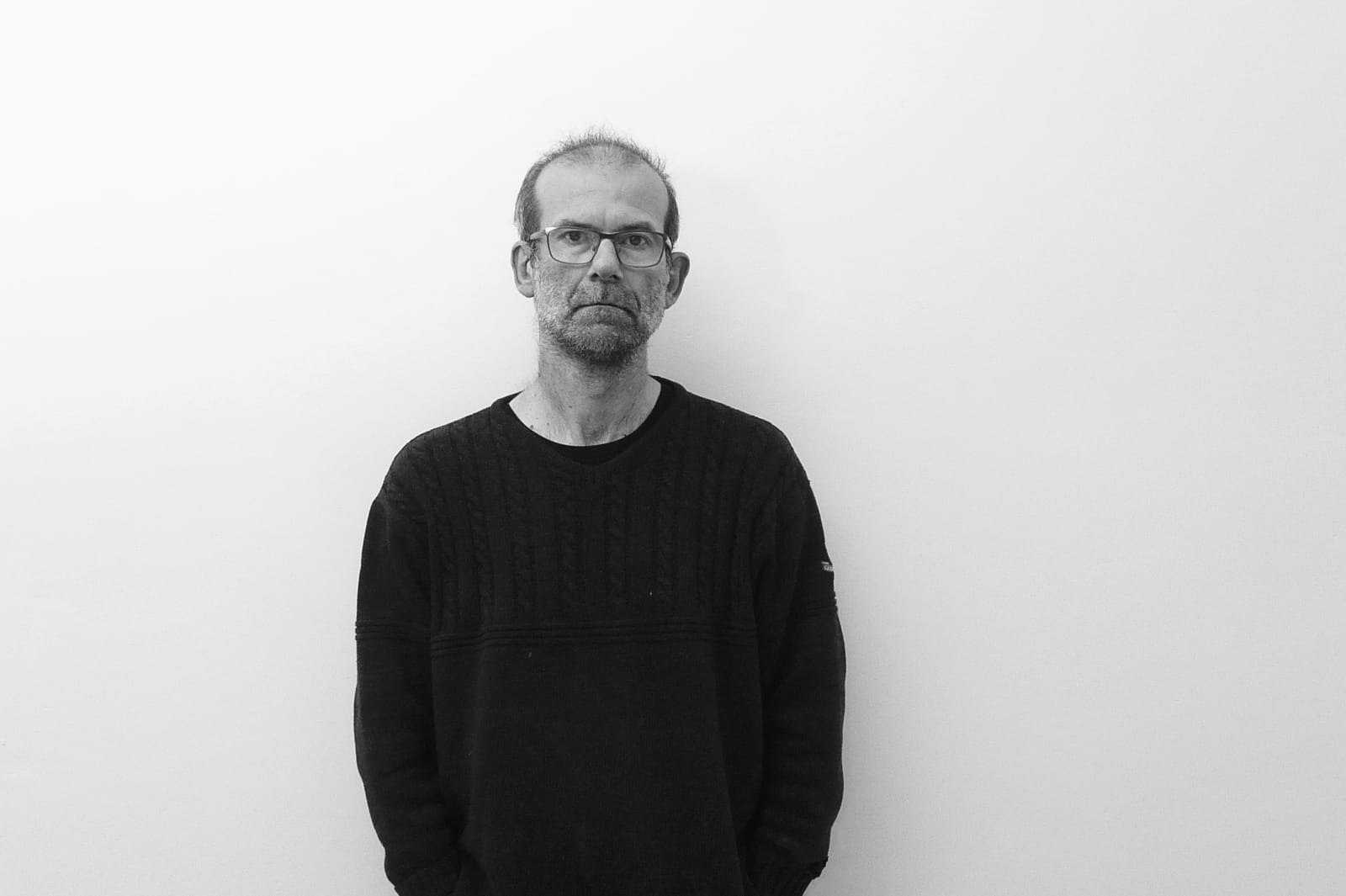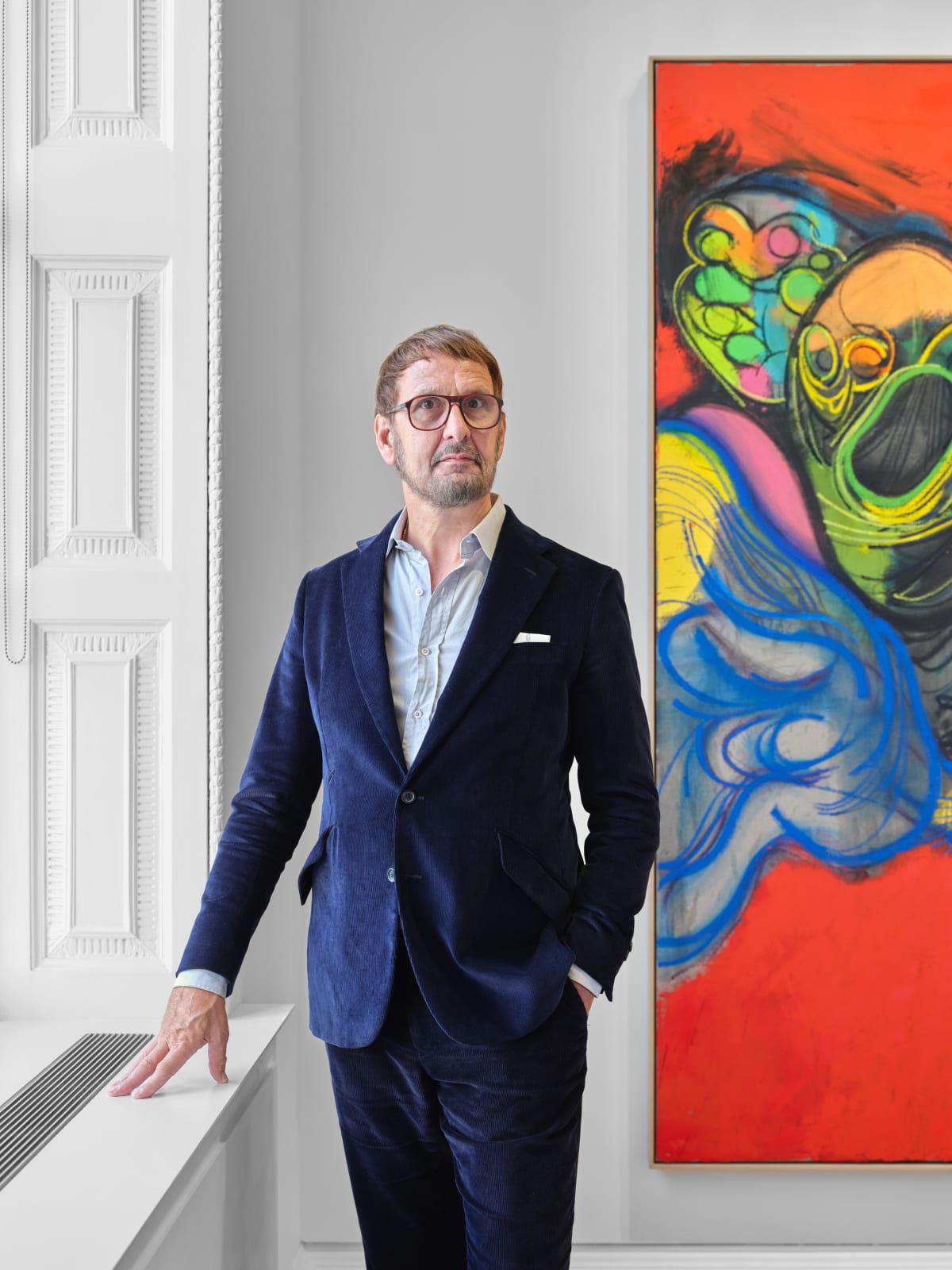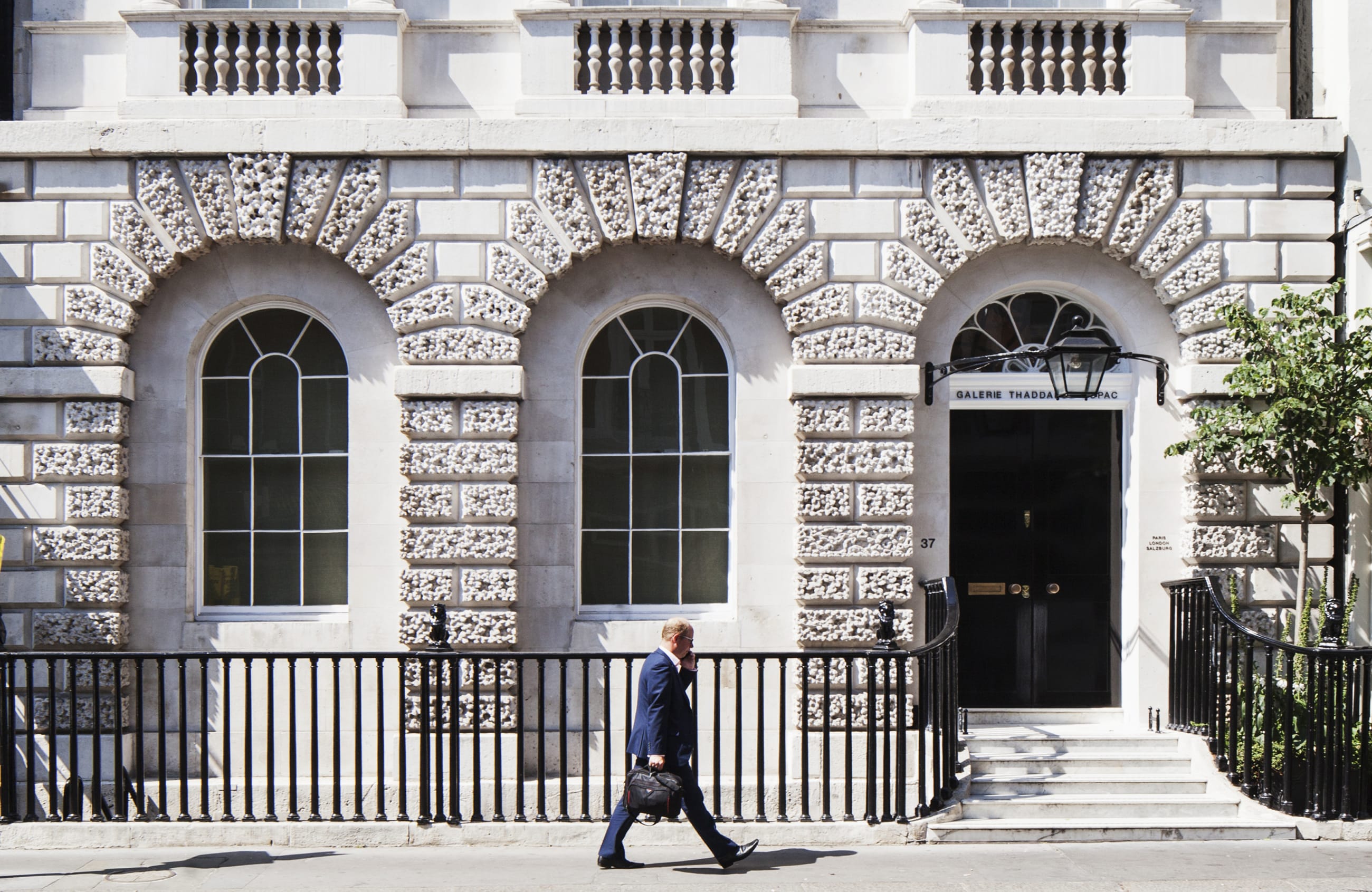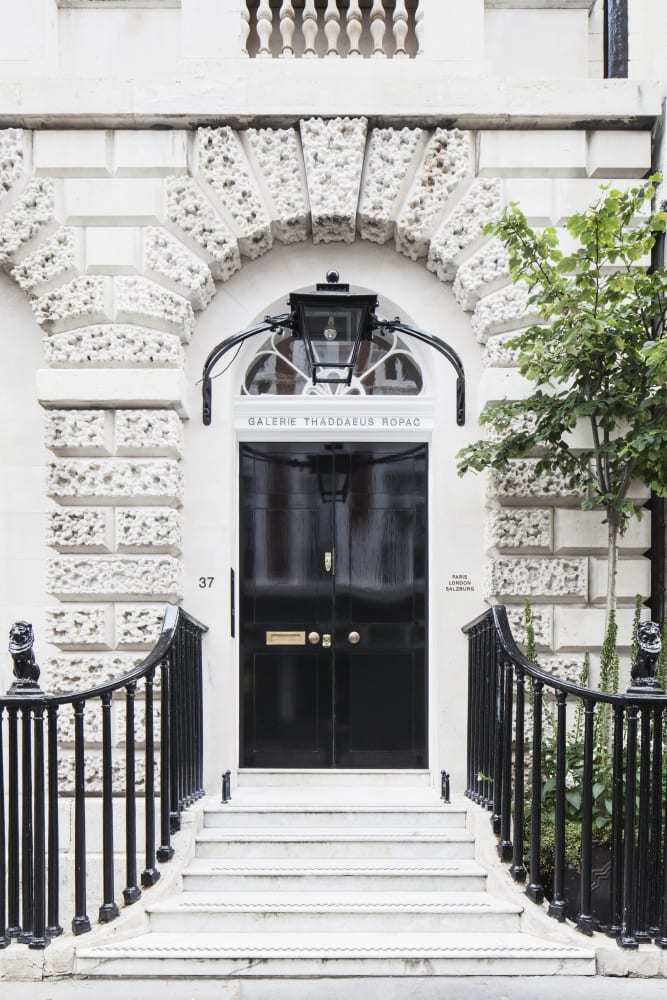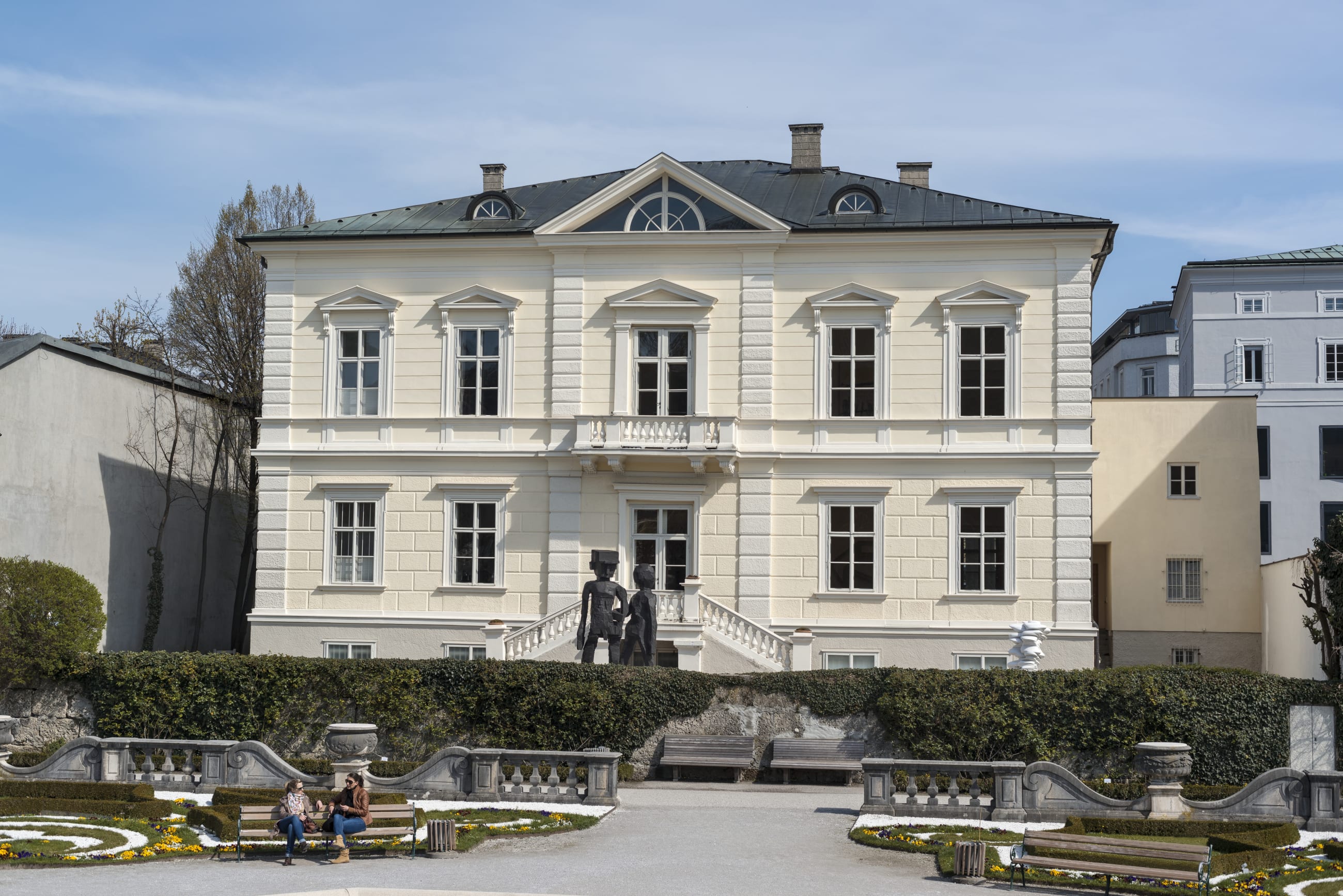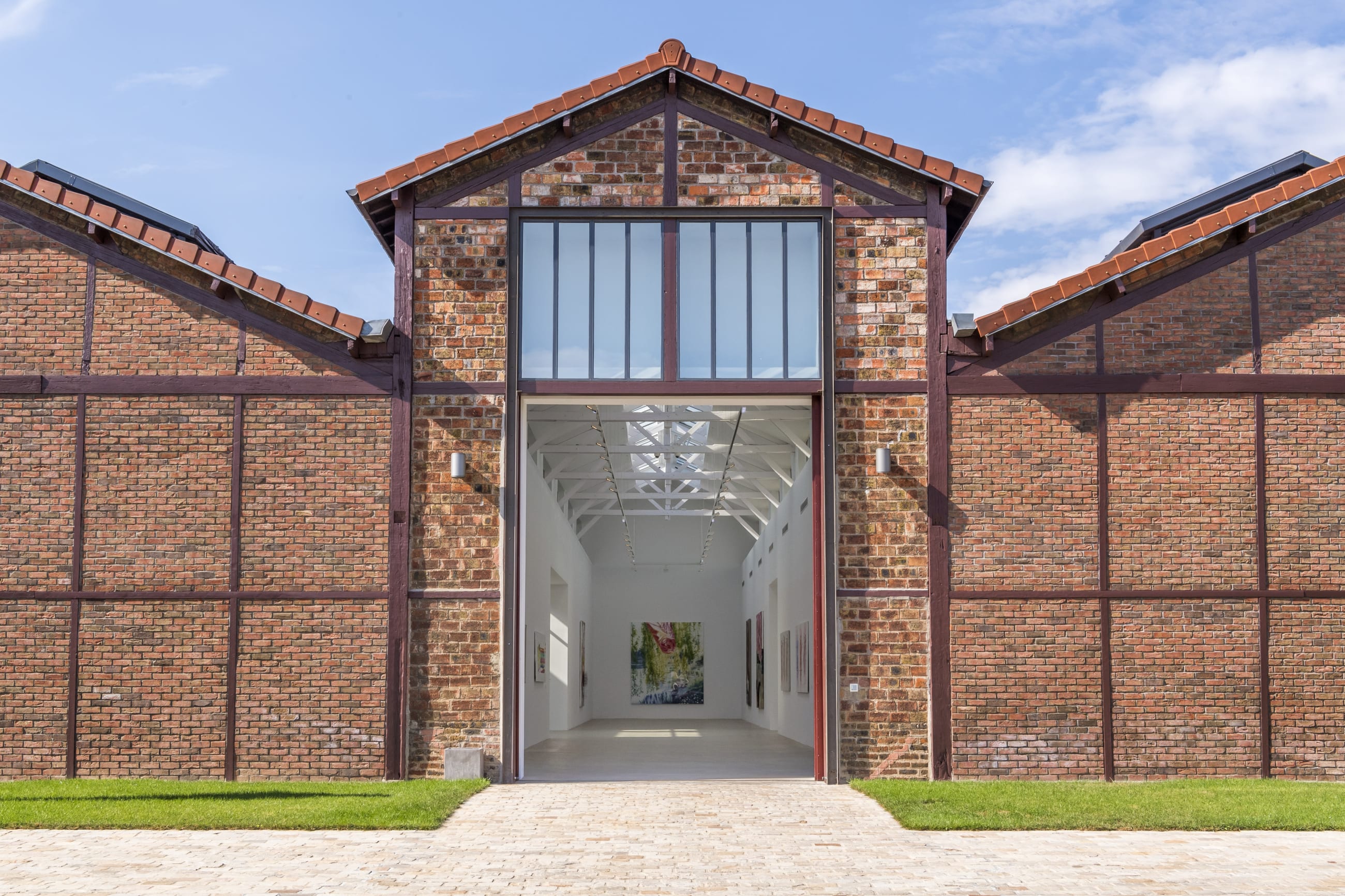In Conversation: Robert Longo and Michelle Grabner Chronicling the times with a moral perspective
In the following interview, Robert Longo discusses how he seeks to slow down the act of seeing and creates an “extreme experience” for viewers through the translation of the photographic into monumental drawings. An influential figure in contemporary art since the early 1980s, and following a major exhibition at the Albertina Museum in Vienna and his current exhibition at the Milwaukee Art Museum, Longo addresses image-culture’s entanglement of politics and power, and his engagement with American iconography and canonical art-historical work.
Michelle Grabner: You recently closed a major museum exhibition and currently have one on view: Robert Longo at the Albertina Museum in Vienna and Robert Longo: The Acceleration of History at the Milwaukee Art Museum until February 23, respectively. These museum exhibitions are on the heels of fall exhibitions at Thaddaeus Ropac and Pace in London. How does the proliferation and distribution of images in our information-based economy influence how you think about the curatorial aspects of exhibition making? In other words, what are the conversations you are having with curators these days?
Robert Longo: As the artist, I’m inside the work. I’m blind to how others see my work. Collaborating with a curator is a great opportunity to have a dialogue with knowledgeable, respected eyes. My desire has always been to share. The director of the Albertina Museum and curator Klaus Schröder were looking at my work from the outside, formally, from a traditional point of view; Margaret Andera, who curated my Milwaukee Art Museum exhibition, saw my work more from the inside with a more conceptual perspective. It was interesting in both cases to allow the work to unfold in space and time like a movie. Place became a vehicle for meaning.
MG: Since the Reagan era your work has navigated a vast range of global and domestic politics—from neoconservativism to populism—while also bridging late twentieth-century information technology into our current cyber-system age. How have these contexts impacted your image selection?
RL: The availability of images from the image storm has absolutely exploded. Everyone is recording everything: from a mass murderer recording himself to cat videos. The sheer number of images has made my navigation of them more intentional. I believe I am a chronicler of the time that I live in with a moral imperative. I’m free of sponsorship or the government.
MG: Because you have always been interested in power structures, first manifested in your early ’80s Men in the Cities series (1977–83), how has your relationship to culture’s authoritative signifiers impacted your investigation into depictions of dominant ideologies?
RL: Human history has always been about domination, hatred, envy, and corruption. Since those early works, I have remained skeptical of power structures and convinced that politics is organized hate. But in responding to culture’s authoritative signifiers, I don’t want to merely illustrate or perform recreational outrage. However, at times I’m suspicious of anything that makes sense.













